The $131.7 billion market for Cloud Computing, such as AWS, in 2013 grew to $240 billion in 2017. More and more optical modules and cables are applied in data centers of Cloud Computing.
What's in the data center?A data center is a collection of servers and switches/routers. Servers and switches are packed with optical modules for data transmission and exchange.

What does a server look like?
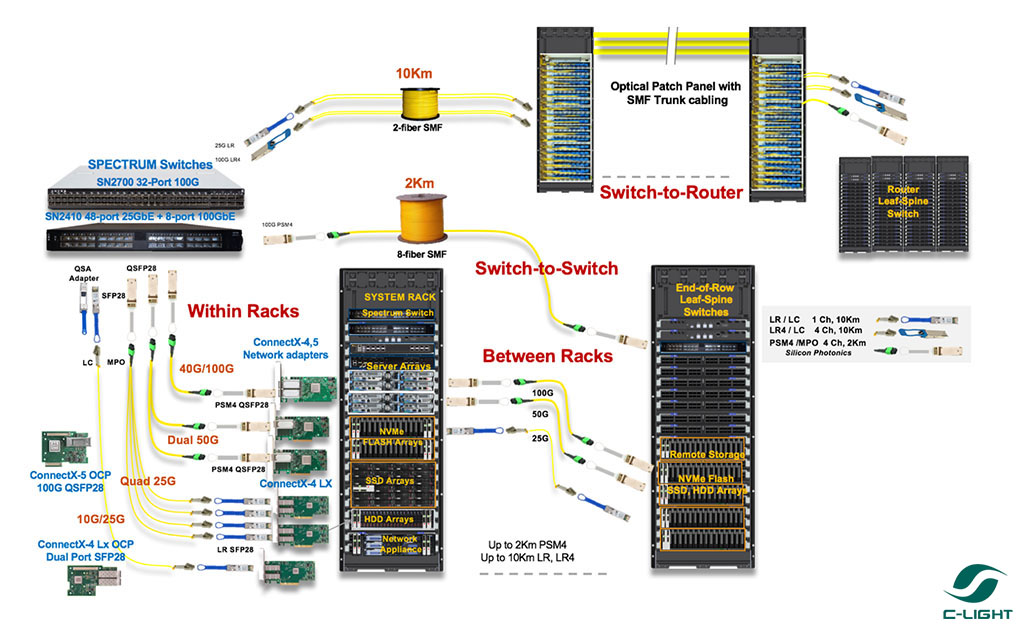
The rack type: Rack-mounted servers look not like computers but like switches, with 1U, 2U and 4U specs. Rack servers are installed in a standard 19-inch cabinet. This structure is mostly functional servers.
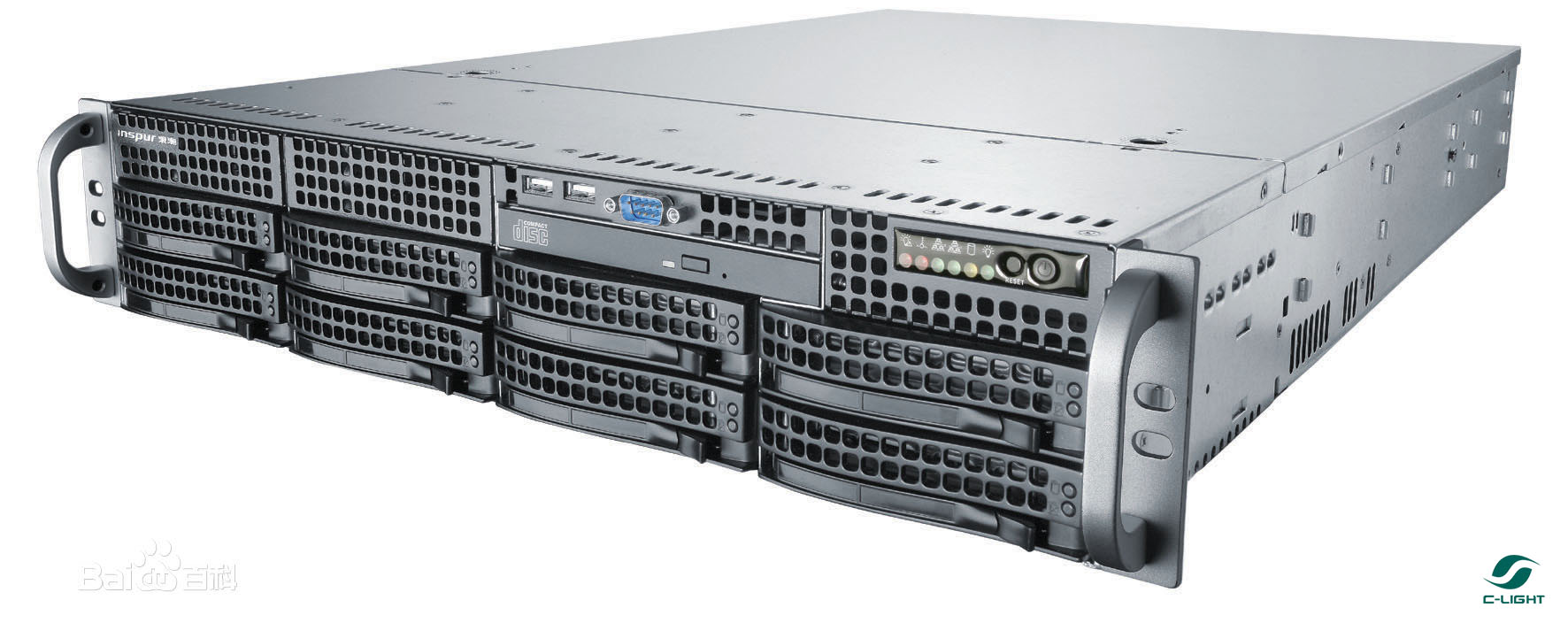
For information service enterprises, such as ISP/ICP/ISV/IDC), select the server first to consider the server's physical parameters, such as volume, power consumption and heat output, because information service enterprises usually use unified deployment and management of special room server resources, computer room usually have strict security measures, good cooling system, multiple backup power supply system, the room is pretty expensive cost.How to deploy more servers in the limited space is directly related to the service cost of the enterprise, usually choose the rack-mounted server with the mechanical size conforming to the industry standard of 19 inches.Rack-mounted servers are available in a variety of sizes, such as 1U (4.45cm high), 2U, 4U, 6U, 8U, etc.Generally, 1U rack-mounted servers save the most space, but have poor performance and scalability, and are suitable for some relatively fixed business areas.Products above 4U have high performance, good scalability, and generally support more than 4 high-performance processors and a large number of standard hot-plug components. Management is also very convenient, manufacturers usually provide the corresponding management and monitoring tools, suitable for the key applications of large traffic, but the volume is large, the space utilization rate is not high.
Shape of Blade: It is a kind of server unit which can be inserted in the standard height rack chassis to achieve high availability and high density. Each "blade" is actually a system motherboard.They can start their own "on-board" hard disk operating system, such as Windows NT / 2000, Linux, etc., similar to a separate server, in this mode, each piece of motherboard to run their own system, service to specify different user groups, there is no connection between each other, so compared with racks of servers and machine cabinet server, the performance of the single chip motherboard is low. However, administrators can use system software to assemble these motherboards into a cluster of servers.In cluster mode, all the motherboards can be connected to provide a high-speed network environment, while sharing resources and serving the same user group.Inserting new "blades" into the cluster improves overall performance.Since each blade is hot-plugged, the system can be easily replaced with minimal maintenance time.
Tower Type: should be everybody sees most. It is also one of the most easy to understand the server structure type, because of its shape and structure as vertical PC do we normally use, of course, is due to a server motherboard extensibility, the slot and more out of a pile, so some bigger than ordinary motherboard, so the tower server host chassis is bigger than the standard ATX case, usually set aside enough internal space so that the hard drives and power supply redundancy to expand in the future.
Because the tower server chassis is relatively large, the server configuration can be very high, redundant expansion can be very complete, so its application range is very wide, it should be said that the highest utilization of a server is tower server.The universal server we usually talk about is usually a tower server, which can integrate a variety of common service applications in one, whether it is speed applications or storage applications can use the tower server to solve.
Cabinet Type: In a few high-grade enterprise, because internal structure is complex, internal equipment is more, some still have a lot of different equipment unit or a few servers to put in a machine ark, this kind of server is machine ark type server.The cabinet type is usually a combination of rack type, blade type server and other equipment.
For securities, Banks, post and telecommunications and other important enterprises, should adopt a complete fault self-healing ability of the system, key components redundancy measures should be adopted, can also be used for key business server using double-machine hot backup or high availability system is a high performance computer, this system availability can be very good guarantee.

Now, let's talk a little bit about the history of the optical transceiver.
From primitive society communication basically relies on roar, to flying pigeon to deliver a book, to telephone telegraph, to today's optical network, communication technology has been developing continuously. However, the completion of the three basic elements of information transmission, namely, the source, channel and address, namely, the transmission, transmission and acceptance of information, these three points are indispensable; All technological development revolves around these three points.
When communication enters the application stage of modern science and technology, it first takes electricity as the research object and starts from the characteristics of electricity to improve the quality of communication. From the early fixed telephone, to 2G, 3G wireless communication are basically based on electricity communication. In recent years, people have often heard the phrase "light goes into copper and goes back", which refers to the fact that the cable itself is unable to carry high speed signals over long distances, thus limiting its further development. The signal is transmitted by electricity. As the transmission distance increases, the higher the frequency, the greater the loss, and the more severe the signal deformation, which leads to the wrong judgment of the receiver and the communication failure. To overcome this limitation, a light module is a Transmitter that converts electrical signals into light signals at the transmitting end, that is, a Transmitter that is responsible for translating electrical signals generated by a device into light signals. The Receiver converts the received light signal into an electrical signal. Transmitter and Receiver can be both sent and received through a Transceiver, that is, optical Transceiver comes into being.
Early optical modules went from 155Mb/s(1.55 million bits per second) to 622Mb/s,1.25Gb/s,2.5Gb/s and all the way to 10Gb/s. TDM(Time Division Multiplexing) was used to transmit more bits per unit of Time. However, no matter how fast the transmission rate of one optical module is, it is not as fast as that of several optical modules at the same time. Thus, there are parallel transmission, called parallel, four parallel ones are called QSFP, and 12 parallel ones are called CXP.
Link: C-light AOC cable and
For short distances, the fiber optics used in parallel make little difference to materials and construction costs.But for long distance communication, laying a cable construction cost is far greater than the material itself, long-distance transmission, TDM time-division Multiplexing will be limited by electronics switch frequency, then with a single fiber to transmit multiple Wavelength technology was born, we call it a WDM (where Division Multiplexing), WDM is divided into two kinds, 20 nm intervals of CWDM (Corse DWM, coarse Wavelength Division Multiplexing) and 0.8 nm interval DWDM (Dense WDM, DWDM).









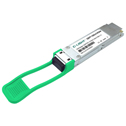

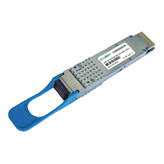

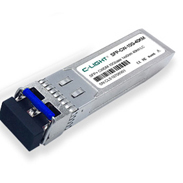
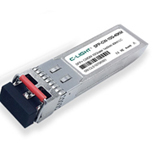
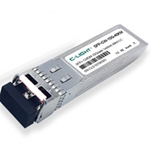
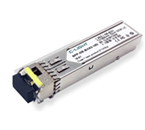
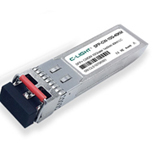
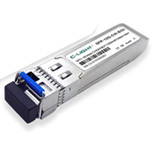



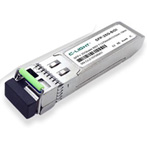
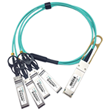
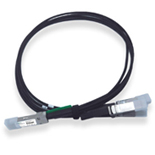
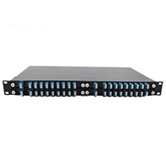
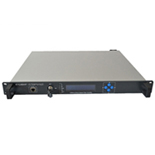
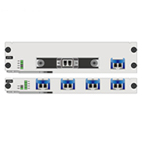

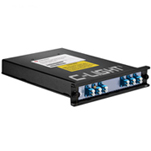
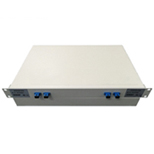


 Your current position:
Your current position: 







